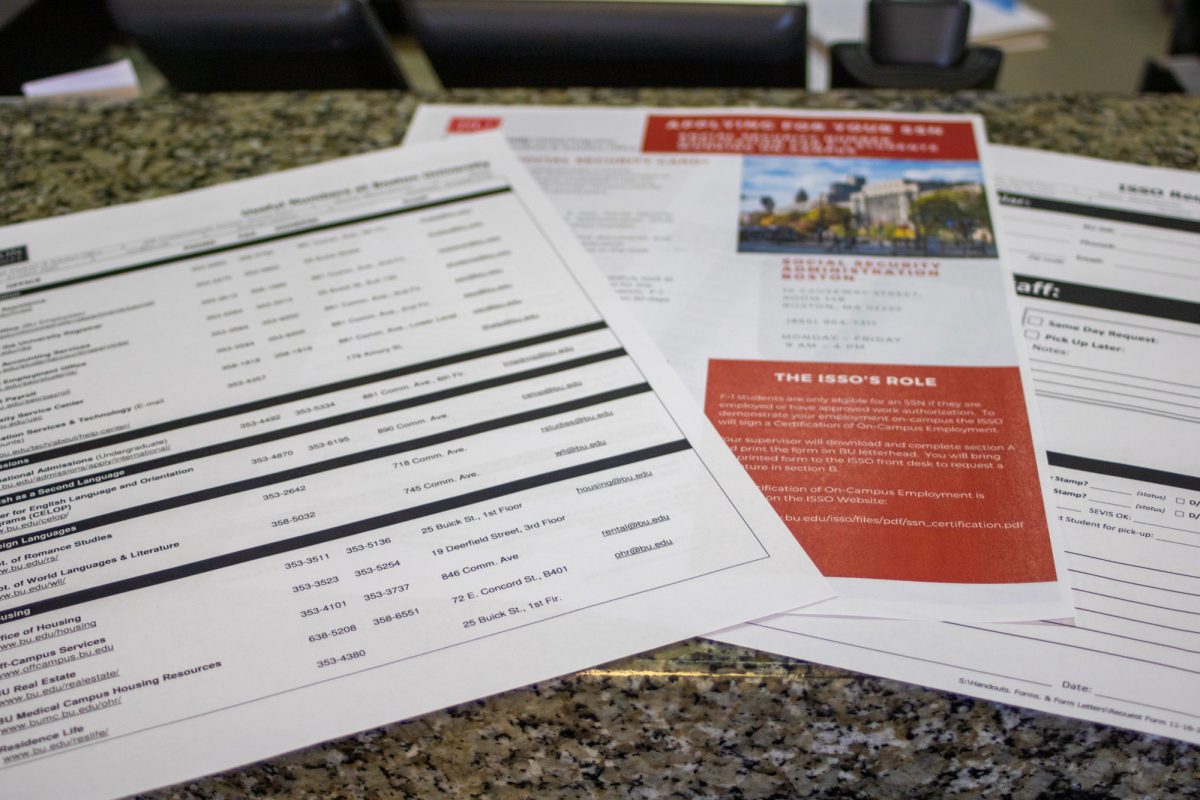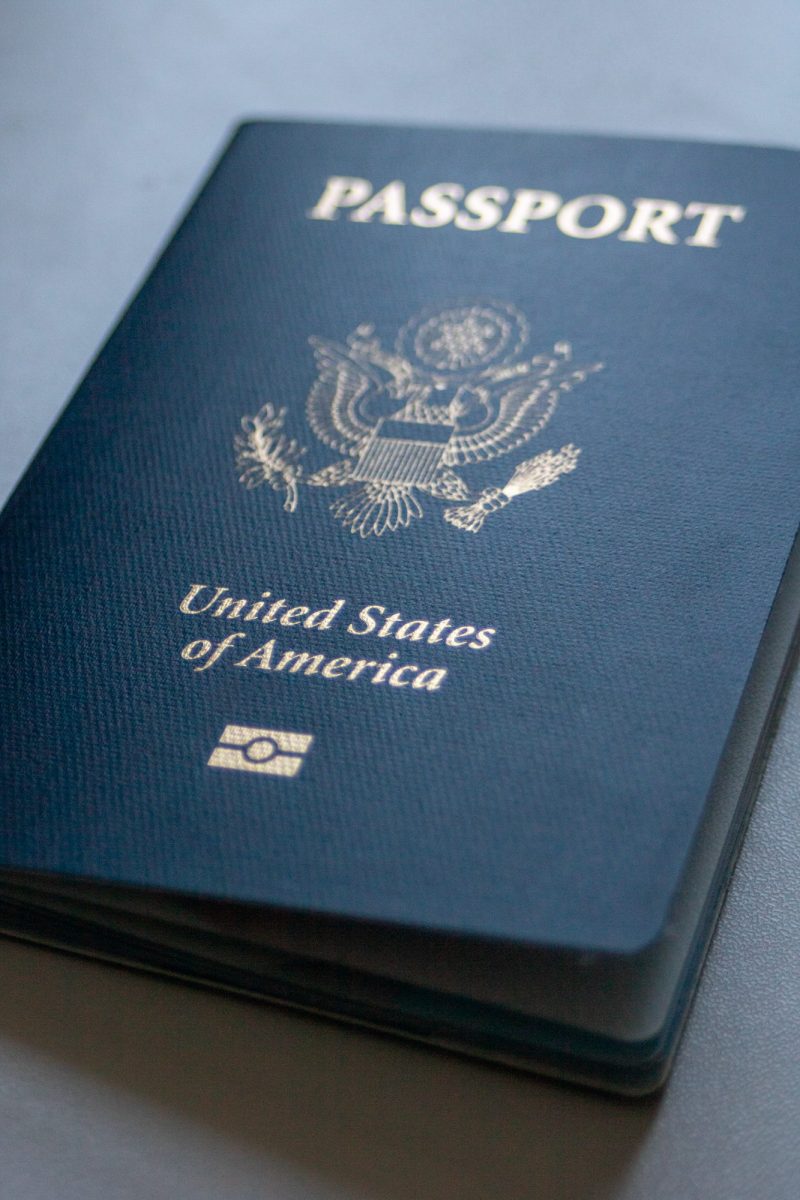
For a movie about a woman who hasn’t aged since 1937, “The Age of Adaline” spends a little too much time on the last 12 months of Adaline Bowman’s life. History buffs will find a missed opportunity in the limited glimpses of the 1950s suburbs, as well as the laid-back style of the ‘60s. However, two tales of romance from past and present eventually overshadow a rushed beginning.
It is the little things that will stand out from director Lee Toland Krieger’s film for some. There’s the historically accurate building of the Golden Gate Bridge and the game of trivial pursuit in which every 20th century history question is an event through which Adaline (Blake Lively) has personally lived. These careful details add realistic flair to a film built on fiction.
The time frame of the film jumps around quite a bit at first, starting on December 31, 2014, the eve of Adaline’s birthday. By this point, she works at the San Francisco Public Library archives. We are then taken through her past aliases via an old projector in a back room of the archives. Adaline is supposed to get a roll of film ready to be shipped, but she sits to reminisce instead.
At the moment Adaline stops aging, the narrator’s explanation of her condition is laughable, filled with medical jargon and an off-handed claim that we will understand her phenomenon in the year 2035. In short, a freak car accident in the 1930s makes Adaline immune to aging.
The science fiction aspect seems to clash with the more stable romantic and historic themes throughout the film. Adaline’s daughter Flemming (Ellen Burstyn), who eventually ages past her mother, never questions it, even when Adaline has to relocate due to suspicious FBI agents, at a time when fake IDs apparently didn’t exist.
A small but consistent thread that weaves through the film is Adaline’s struggle to hold onto something, anything. For decades she has had the same breed of dog, a Blenheim Cavalier King Charles Spaniel, yet it doesn’t get any easier when each dog passes. She also finds it hard to find love. When Adaline first spends the night with Ellis Jones (Michiel Huisman), she asks him to give her something to hold on to, but Ellis instead tells her to let go, a pivotal moment for Adaline.
Up until the film’s present-day plot, Adaline has changed her identity every decade, and introduces herself to Ellis as Jennifer Larson. Adaline is initially reluctant to spend time with her new admirer, reflecting on past mistakes and fearful of what it would mean to explain her condition to anyone else. We later find out that the man she previously ran away from is Ellis’ father, William Jones (Harrison Ford). The two come face-to-face later in the film, and we feel the nervous tension right away. Adaline attempts to convince Jones that it was her mother he fell in love with years before, but William discovers an old photograph of Adaline that convinces him otherwise. This is all William needs to call her out on her lie.
Her secret revealed, Adaline feels she has no choice but to run away again. Yet she must decide if it is worth running away from someone like Ellis. Here, the movie is artfully tied up, almost too perfectly. For someone with such a strange condition, the lack of loose ends is a bit too unrealistic. There is a miraculous snowfall in Sonoma County, followed by another car crash, and we soon find ourselves at another New Year’s Eve, a year after the film’s beginning. Although there is an illusion that everything is the same, in fact, everything is different.
“The Age of Adaline” becomes more captivating after Adaline meets Ellis, and their romance plays out. Up until that point, the film is a jumble of quick scene changes that are hard to follow. It is, indeed, interesting to wonder if Adaline’s life will ever change or move forward, but there’s not enough emotional connection to make it nail-bitingly worrisome. Still, with good handfuls of drama and sap thrown in with the historical aesthetic, it’s not difficult to enjoy “The Age of Adaline.”





















































































































